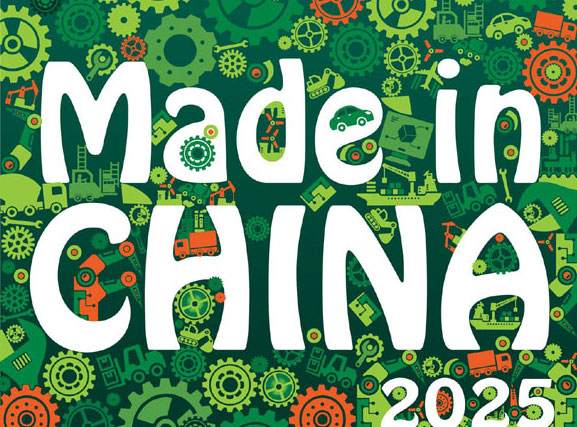Time to get around to circular advantage
Updated: 2015-11-27 07:57
By Peter Lacy and Guanghai Li(China Daily Europe)
|
|||||||||||
Together all this waste adds up to the biggest economic opportunity of our time. For example, preventing waste in the first place by refurbishing and reusing products and components instead of recycling makes much more economic sense.
Xie Zhenhua, vice-chairman of National Development and Reform Commission, once talked of the case of a vehicle engine thus: "If the engine is recycled as waste steel, its value is only worth about 1,000 yuan ($155; 145 euros). But if the engine is remanufactured, it will be worth no less than 30,000 yuan."
While making the shift is never easy, Accenture has mapped out how global industry leaders are doing it in our analysis of more than 120 companies, and we have identified five main circular business models that Chinese leaders can learn as they create their own circular advantage. These models are able to help companies enhance differentiation, reduce cost to serve and own, generate new revenue and reduce risk - as well as their impact on the rules of resource supply and demand.
Circular supply-chain: When a company needs resources that are scarce or environmentally destructive, it can either pay more or find alternative resources.
Recovery and recycling: This model creates production and consumption systems in which everything that used to be considered waste is revived for other uses. Companies either recover end-of-life products to recapture and reuse valuable material, energy and components or they reclaim waste and by-products from a production process.
Product life extension: Consumers discard products they no longer value - because the products are broken, out of fashion or no longer needed. But many of these products still hold considerable value, and the product life-extension model seeks to recapture it. By maintaining and improving products through repairs, upgrades, remanufacturing or remarketing, companies can keep them economically useful for as long as possible.
Sharing platform: In developed economies, up to 80 percent of the things stored in a typical home are used only once a month. The sharing platform model, increasingly assisted by new forms of digital technology, forges new relationships and business opportunities for consumers, companies and micro-entrepreneurs, who rent, share, swap or lend their idle goods. Airbnb, Uber and Didi Kuaidi are among a growing field of companies in this field.
Product as a service: What if manufacturers and retailers bore the total cost of ownership? Many would immediately adjust their focus to longevity, reliability and reusability. When consumers lease or pay for products by use through the product-as-a-service model, the business model fundamentally shifts - in a good way. Performance trumps volume, durability tops disposability, and companies have an opportunity to build new relationships with consumers.
New business models offer companies powerful options for embracing the circular economy. But it would be impossible to scale many of these business models without the support of innovative technologies. Digital innovations in social, mobile, analytics, cloud and machine-to-machine communication are especially effective in connecting physical and digital channels, and in connecting customers more broadly and deeply than ever before.
Last September, Premier Li Keqiang said: "We have the resolve, the will and the capability to pursue green, circular and low carbon development." There is no doubt that the case for change is clear, and there is considerable urgency to start making the move to circular business models.
However, many Chinese organizations still wrestle with how to get started. They are stuck in pilot paralysis, trying to understand what is scalable and what is not. For those organizations, we suggest five important initial actions that can help them assess this challenge:
Rethink how value is created and delivered to customers;
Put in place a focused set of new capabilities (not trying to implement the perfect circular setup, at least not initially);
Invest in technology to make value chains circular;
Time the balance between capturing near-term, low-hanging fruit and engendering long-term, large-scale change.
Transforming toward a circular economy means a shift from the old approach of take-make-waste to take-make-take-make-take-make. The transition may take time and effort. However, there is overwhelming evidence that the linear growth model will soon no longer be viable.
Peter Lacy is Accenture strategy global managing director of Sustainability Services. Guanghai Li is Accenture strategy and sustainability services managing director, Greater China. The views do not necessarily reflect those of China Daily.
Today's Top News
Beijing to adopt world's strictest emissions standard
China to spend $438b on new rails over the next five years
Xi urges breakthroughs in military structural reform
Chinese play growing part in online shopping
Surviving Russian pilot says no warning from Turkey
Xi to attend Paris climate conference
Putin: Turkey's downing of jet 'stab in the back'
Russian senior military official confirms death of one Su-24 pilot
Hot Topics
Lunar probe , China growth forecasts, Emission rules get tougher, China seen through 'colored lens', International board,
Editor's Picks

|

|

|

|

|

|






